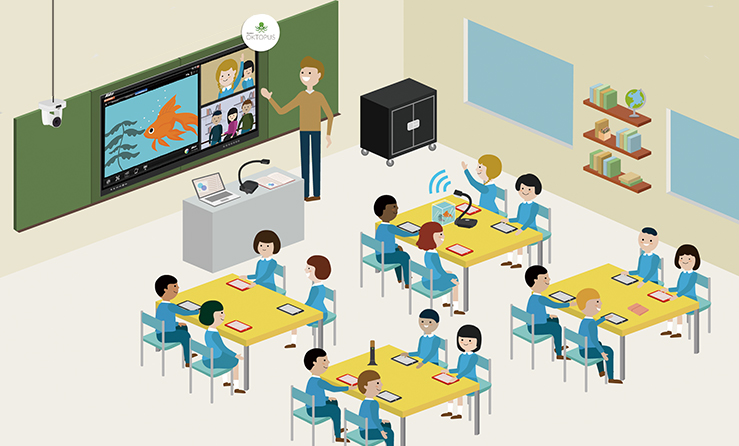
For more lifestyle and educational articles tap CreativeWriterGirl
Technology in the classroom…
Extremes are never healthy. Everything should be done in moderation no matter in what sphere we touch upon. In this blog, we will discuss the contrast between technologically supported L2 learning with unsupported L2 learning as well as describe some of the problems of teachers in balancing the use of technology in their classroom with the pedagogical and the factor of gender as a determiner in the use of technology.

The research was done on the contrast of the intervention of computers in teaching a second language with a classroom with no computer technology (Grgurović, M.2013). To be brief, the results indicated technological intervention seemed to be promising for the classroom, at least not worse than no computer use. The main aspects that are positively affected by CALL (Computer Assisted Language Learning) were reading comprehension in L2 along with vocabulary learning. It also turned out that confidence levels are also boosted in the case of CALL groups. Overall, similarly to other studies, this study also contains gaps that need further investigation.
After claiming that CALL can be effective, it is the task of the teachers to start more actively applying electronic sources to their classes. Indeed, it is a great idea to have that technological element in the classroom. If we count the benefits, they are significant. The computer can be used for game-based learning and games can be fun for students in L2 learning. However, there is a big problem that a lot of teachers might not take into account.
Many EFL teachers nowadays started intensively applying online quizzes and games without feeling the passing 40 minutes. We are not aimed at criticizing the approach of teachers but to suggest to them a better way of balancing their technological and pedagogical agendas. It is wiser to learn to integrate the entry of the game time with their textbook content.
It is believable that the textbook material should be the main sector and the remaining 8 or 10 minutes of the class can be devoted to CALL. Why? We should not forget that language is not just a game and for playing the game effectively, students should know the rules and have the lesson reinforced. What many teachers do is simply give 8 minutes to the pedagogical content and the rest of the time hold the technological activities.
Furthermore, having a glance back at the CALL and No CALL research, there is a noticeable difference between the two genders (2013). Boys seem to be more encouraged to embrace computer intervention in the classroom than girls. This makes us turn out that the teacher can carefully plan technological content considering the class preferences depending on whether the class is dominated by boys or girls. There was also mentioned that this can be a satisfying reason why more boys are inclined to be IT specialists than girls.
In summary, of course, technology promotes multiple profits in TEFL however educators have to master the effective integration of the latter with their lesson plans.
If you want to know how to use the podcasts effectively in ESL classrooms, then tap podcasting.


